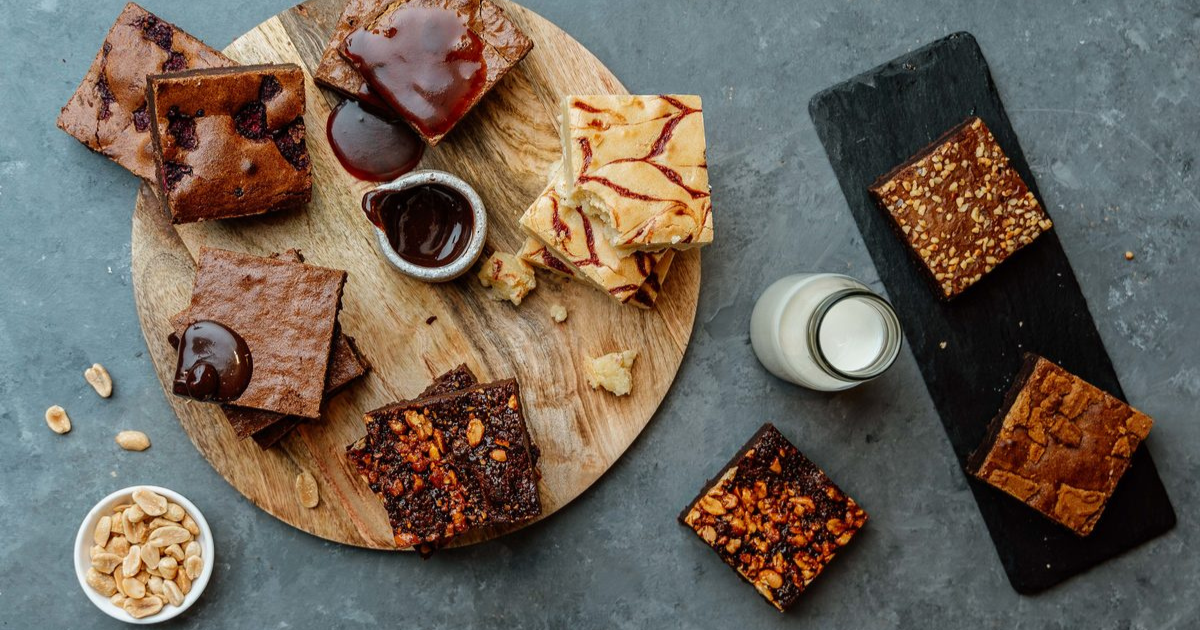GRAPEVINE: Striking it lucky with Chardonnay
For those who are new to wine, or just getting a little further into the subject by trying to decipher and discern what makes a good wine or it can be incredibly challenging.
Ten years ago, oak flavours, ripe (even overripe) fruit, and in the case of Chardonnay, plenty of butter would have been your benchmark for a high quality Chardonnay.
Today, it is a world away from that – crisp, minerally acidity, minimal if any butter like flavours and plenty of struck match are the beacons of quality for Chardonnay. Those wines of 10 years ago are derided as being driven too much by winemaking, whereas the modern examples are lauded as being “made” in the vineyard with minimal intervention from the winemaker. Where do these sought-after flint and struck match characters come from though?
As the trend for big, buttery Chardonnay waned in the latter part of last decade, producers began to search for a new way, a new model to build their Chardonnay from. Naturally the search went to Burgundy in France where the finest Chardonnay in the world is produced. The Burgundians had their own problems in the early 2000s which lead many critics to infer that wines showing the struck match and flinty aromas were of a marker of high quality.
They are an attractive complexing factor that wasn’t often seen in Australian wines at the time, but when they were, the scores awarded by critics were often notched up a point or two beyond their peers. Oakridge in the Yarra Valley has
become famous for their taut examples of Chardonnay marked by struck match as has Giaconda in Beechworth, although
they were already in the top echelon of Australian Chardonnay.
While the character is lauded as a marker of high quality and distinction in the Chardonnays of Burgundy, the Sauvignon Blancs of Pouilly Fume and increasingly both varieties in Australia, whether it is distinctive of the place in which it was grown or how it was made is a little harder to decipher on its own.
The struck match aroma comes about during fermentation, often where there is a nutrient deficiency which allows sulphides to form. It is a tight balancing act as these sulphides can result in the positive characters such as struck match or various other flavours such as grapefruit or guava, or they can progress to the negative characters such as rotten egg and rotting meat or vegetables.
The factors that allow for this process to occur in fermentation may come from the vineyard/ terroir, or they may be purely from decisions by the producer.
Dog Point Chardonnay 2016 – $30
Whether it is an intentional decision to pursue the flavour or the result of where the grapes are grown doesn’t matter for
most wine drinkers. If you like the smell of a just struck match, then you just want to know where to find it. The 2016 Dog Point Chardonnay is one wine where you will find it in abundance. It is the most obvious character on the nose and carries through on to the palate. It I supported though by intense grapefruit, some stone fruit and citrus, crisp, racy acidity that carries the wine long through the finish. With air, a gentle creaminess comes through, along with subtle nutty notes and it certainly benefits from a bit of air to settle down.


















